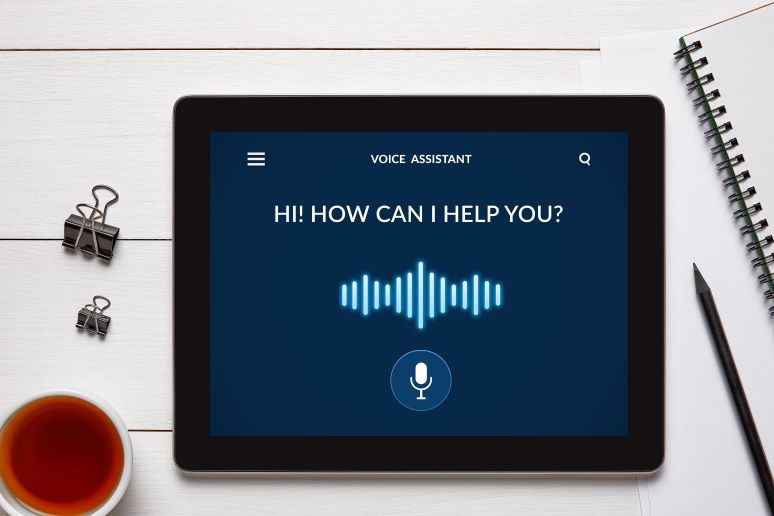As discussed in last week’s
post, conversational AI (CAI) offers promise for helping contact centers deal with increasing customer inquiries such as we’ve seen related to COVID-19 and boosting call center productivity. But companies need to understand how best to deploy this technology and follow up by measuring its effectiveness.
For guidance, I once again turned to Amy Allen, product manager for conversational AI from
CSG, a customer engagement solutions provider. Here is an edited version of our email interview, Part 2 of two.
Can you give me an example of how a company might get value from conversational AI?
We recently had a global technology company come to us because the IVR system for its online store was routing 60% of inbound tech support calls to the wrong agent. This company wanted an AI-driven IVR platform for customer inquiries related to order status, sales, billing, account management, and tech support.
The new IVR was up and running in 10 weeks. The solution immediately reduced misrouted calls from 60 to 30% — a figure that continues to shrink as the AI system is fine-tuned and optimized. The “smarter” IVR also helped the company improve live agent metrics. The average handle time decreased by two minutes per call, reducing operational costs and getting customers to a resolution faster. Call containment averaged about 60%, with the potential to improve to 75 to 80%. That, combined with an increase in self-service, is driving a projected $39 million return on investment (ROI) for the company.
Could this be multilingual? If so, would the developer have to repeat the same build process?
The CAI interface can be built in 35 languages. The centralized nature of the solution promotes consistency throughout the business. This requires less time and effort when expanding to other use cases, parts of the enterprise, or globally to other languages.
Do end customers accept conversational AI?
Speech-based assistants such as Apple’s Siri and Amazon’s Alexa have made their way into homes. Consumers have become more comfortable interacting with virtual agents — especially if doing so helps save time or makes life easier.
The evolution of conversational AI has shifted from scripted and FAQ-based experiences to delivery of human-like conversations. By reducing hold times, helping customers get to resolution faster, and offering a more personalized, intelligent experience, customer satisfaction and acceptance of CAI is growing. We have also found that there are some sensitive scenarios, like billing, where customers prefer to avoid a human interaction and that are well-suited for a virtual agent.
What are your best practice recommendations?
When deploying a new conversational AI solution, follow these steps:
- Identify top customer interaction reasons (call, chat, social, text, smart home devices) and determine which interaction types are candidates for automation.
- Determine the complexity of interactions and categorize feasibility of supporting a virtual agent. For example, voice will provide the highest ROI, but can be complex.
- Determine the AI channel strategy — which channel or channels make sense for CAI at launch and how to “rinse and repeat” to other channels.
- Have documented key performance indicators and a solid, realistic, and well-thought-out implementation plan tied back to ROI and containment.
- Implement one or two use cases in one channel to start, and then expand gradually. Value should be delivered in 60-90 day intervals on an ongoing basis. This is not a big-bang implementation.
- Constantly tune and optimize the solution; CAI is not a “set it and forget it” technology stack or solution.
- Data is king — leverage it throughout the entire customer journey when implementing conversational AI.
- Ensure you partner with a team of experts to design, deploy, and support the CAI solution if you don’t have in-house resources.










